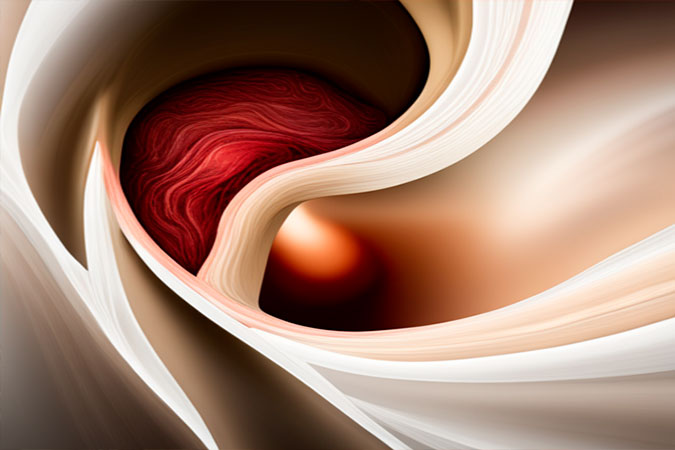The Role and Types of Cartilage: An Integral Component of the Human Body
This comprehensive article provides a deep dive into the nature, functions, and types of cartilage – a critical component of the human body. It explains that cartilage is an avascular form of connective tissue that plays vital roles in supporting soft tissues, facilitating smooth articulation at joints, and contributing to the growth of long bones. The article goes on to categorize and describe the three types of cartilage: hyaline, elastic, and fibrocartilage, each with its unique composition and function. It also underscores how the composition of cartilage varies based on the physical demands of the area it is located in. This article is an invaluable resource for anyone interested in understanding the intricacies of human physiology, particularly in relation to connective tissues and the skeletal system.

The Role and Types of Cartilage
Cartilage, a type of connective tissue, plays a vital role in the human body. It is a resilient and flexible form of tissue that offers several essential functions, including supporting soft tissues, providing a smooth surface for joint movement, and facilitating the growth and development of long bones.
Cartilage is primarily avascular, meaning it does not contain blood vessels, nerves, or lymphatics. It derives its nourishment through diffusion from the surrounding perichondrium, a dense layer of connective tissue that envelops most cartilaginous structures.
The composition of cartilage’s extracellular matrix can vary depending on its location and function within the body. In areas subject to heavy weight-bearing or pulling forces, such as knee joints, the amount of collagen – a primary structural protein in the body – is greatly increased, making the cartilage almost inextensible. Conversely, in regions with less weight-bearing stress, cartilage often contains elastic fibers and fewer collagen fibers, promoting flexibility.
There are three types of cartilage found in the human body: hyaline cartilage, elastic cartilage, and fibrocartilage, each serving unique functions and found in different parts of the body.
- Hyaline Cartilage: The most common type of cartilage, hyaline cartilage, contains a moderate number of collagen fibers in its matrix. It covers the articular surfaces of bones, ensuring smooth movement at joints. It is also found in the rib cage, nose, and trachea.
- Elastic Cartilage: This type of cartilage contains an abundance of elastic fibers along with collagen fibers, rendering it highly flexible. It is found in structures that require flexibility, such as the external ear and the epiglottis.
- Fibrocartilage: This form of cartilage is densely packed with collagen fibers and possesses fewer cells and less ground substance. It is highly durable and resistant to compression, making it suitable for areas subject to heavy pressure, such as the intervertebral discs and the menisci of the knee.
In summary, cartilage is a versatile and essential type of connective tissue that contributes significantly to the body’s structural framework and function. Its role extends beyond providing support and facilitating smooth joint movement; it also plays a critical part in the growth and development of long bones. Understanding the various types of cartilage and their unique properties and functions is crucial in many disciplines, including healthcare, sports science, and any field concerned with human physiology and movement.











